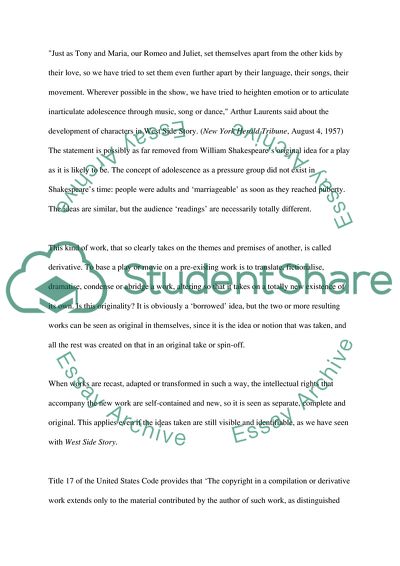Cite this document
(“The Problem with Satisfying a Demanding Audience Essay”, n.d.)
The Problem with Satisfying a Demanding Audience Essay. Retrieved from https://studentshare.org/social-science/1560574-frauds-and-forgeries
The Problem with Satisfying a Demanding Audience Essay. Retrieved from https://studentshare.org/social-science/1560574-frauds-and-forgeries
(The Problem With Satisfying a Demanding Audience Essay)
The Problem With Satisfying a Demanding Audience Essay. https://studentshare.org/social-science/1560574-frauds-and-forgeries.
The Problem With Satisfying a Demanding Audience Essay. https://studentshare.org/social-science/1560574-frauds-and-forgeries.
“The Problem With Satisfying a Demanding Audience Essay”, n.d. https://studentshare.org/social-science/1560574-frauds-and-forgeries.


